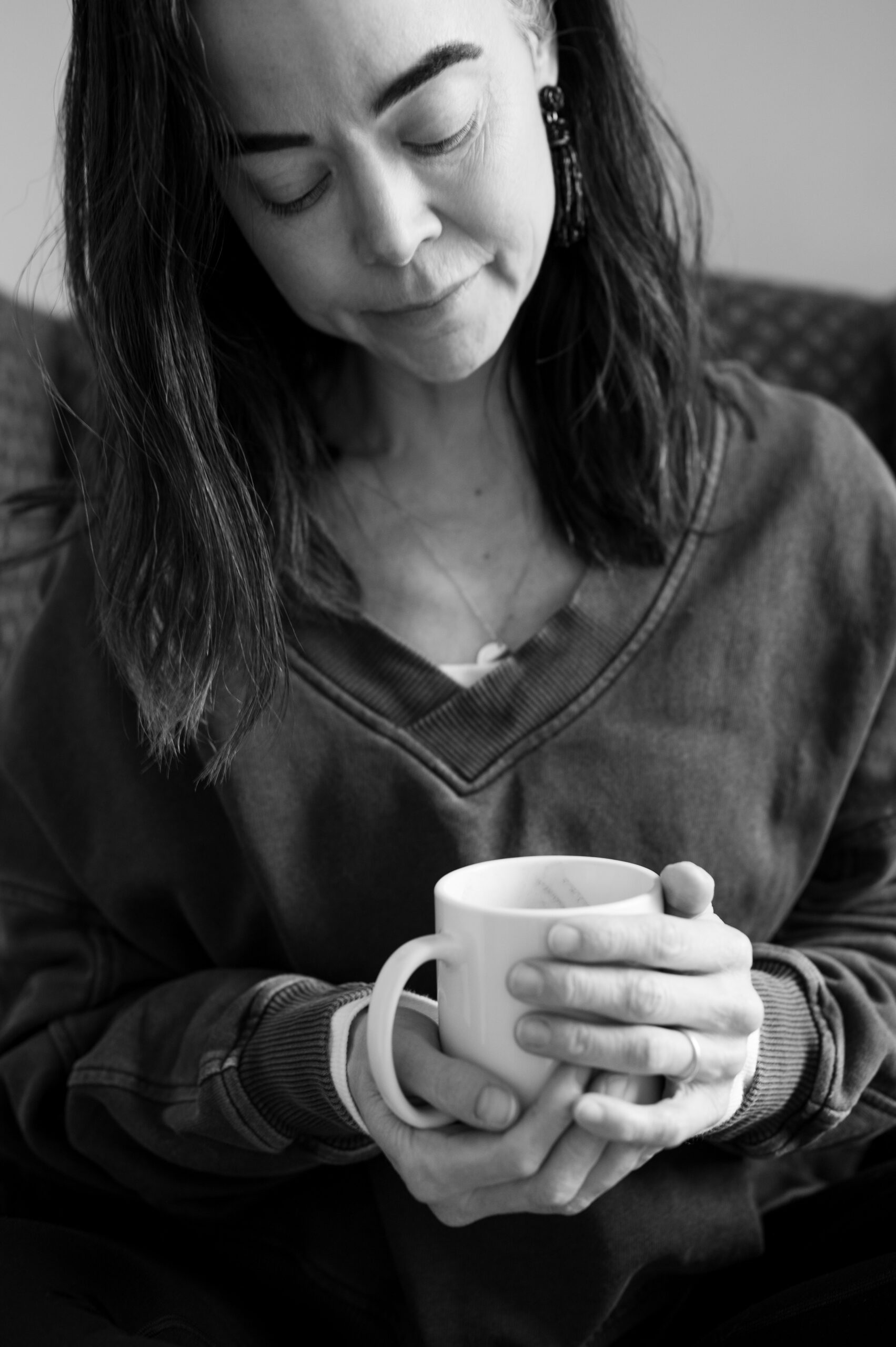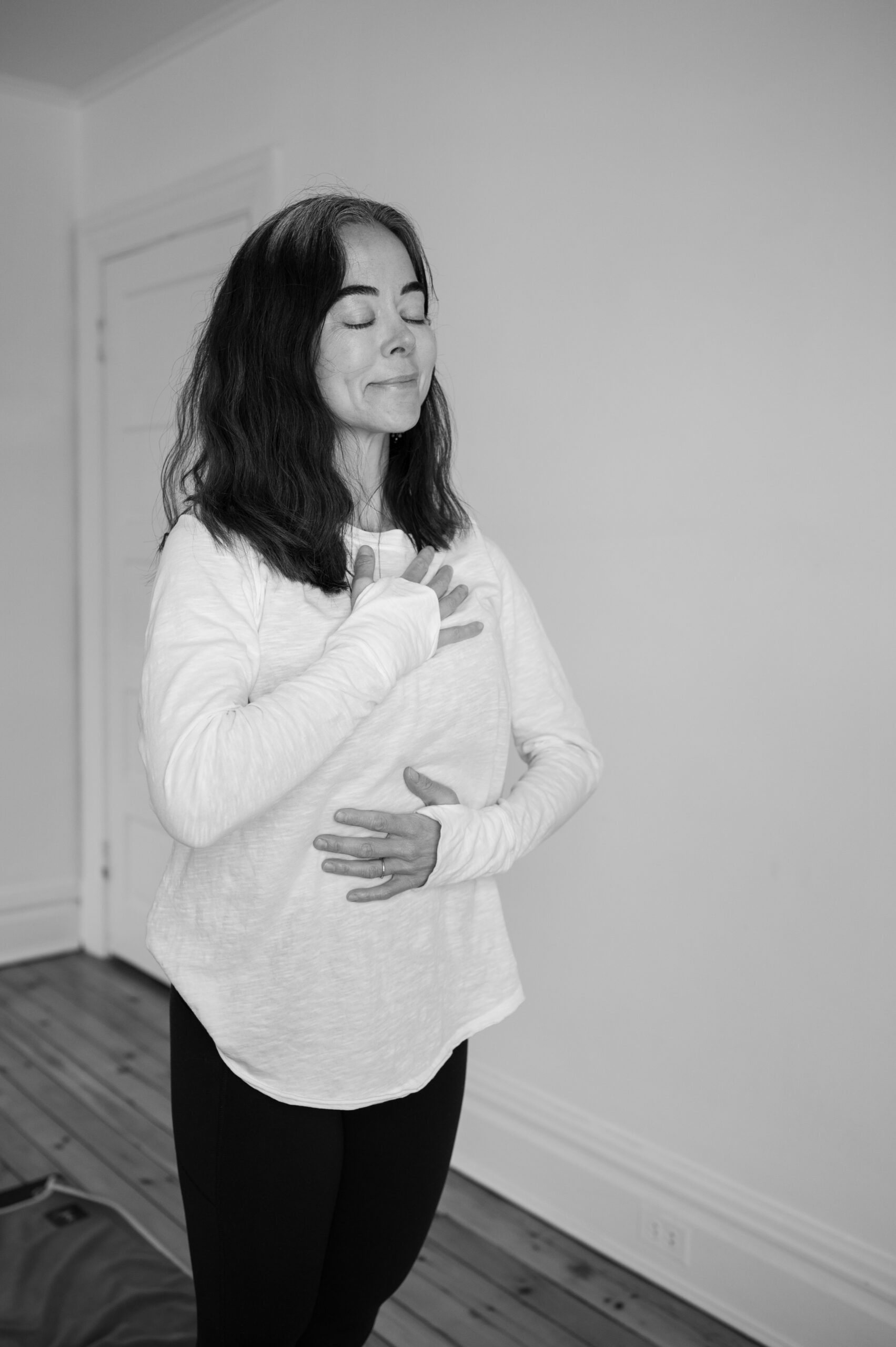the latest articles
When faced with the decision about divorce, it can feel like one of the most overwhelming and confusing experiences of your life. I know I have been there, twice, actually. When we reach that crossroads in our marriage—the moment where staying together feels as impossible as leaving—it can be one of the most overwhelming and […]
One of the most overlooked consequences of untreated or unresolved CPTSD is the emergence of behaviors that can feel, or be perceived as, selfish. Addressing this directly is not about shame or blame—it is about understanding the deeper layers beneath it. You are not selfish. You are not a bad person. But when your internal […]
When it comes to CPTSD Resolution, there is a transformative truth that often gets overlooked: You are your greatest ally. For many childhood trauma survivors, this can feel foreign—maybe even untrue. But here is the reality: even if your past holds “evidence” that suggests you could not rely on yourself, you have the power to […]
Hi, I'm Tanner, the founder and channeler of CPTSD Medicine. From my home in Western Pennsylvania, I guide adults with unresolved CPTSD to unburden trauma energies, clean up their relational fields, and radiate their inherent healing power. As a former professor of education and a current Level 3 IFS Practitioner, my mission is to set as many humans free from the cage of CPTSD as possible.
Meet Tanner, founder of CPTSD Medicine
My approach empowers you to reclaim your sovereignty and lead your life with clarity, intention, and confidence.
A practical guide offering simple steps for stabilizing intense emotions quickly—restoring a grounded presence in moments of overwhelm.
PUT THE FLOOR BACK UNDERNEATH YOU
STOP SPIRALING IN 5 MINUTES


